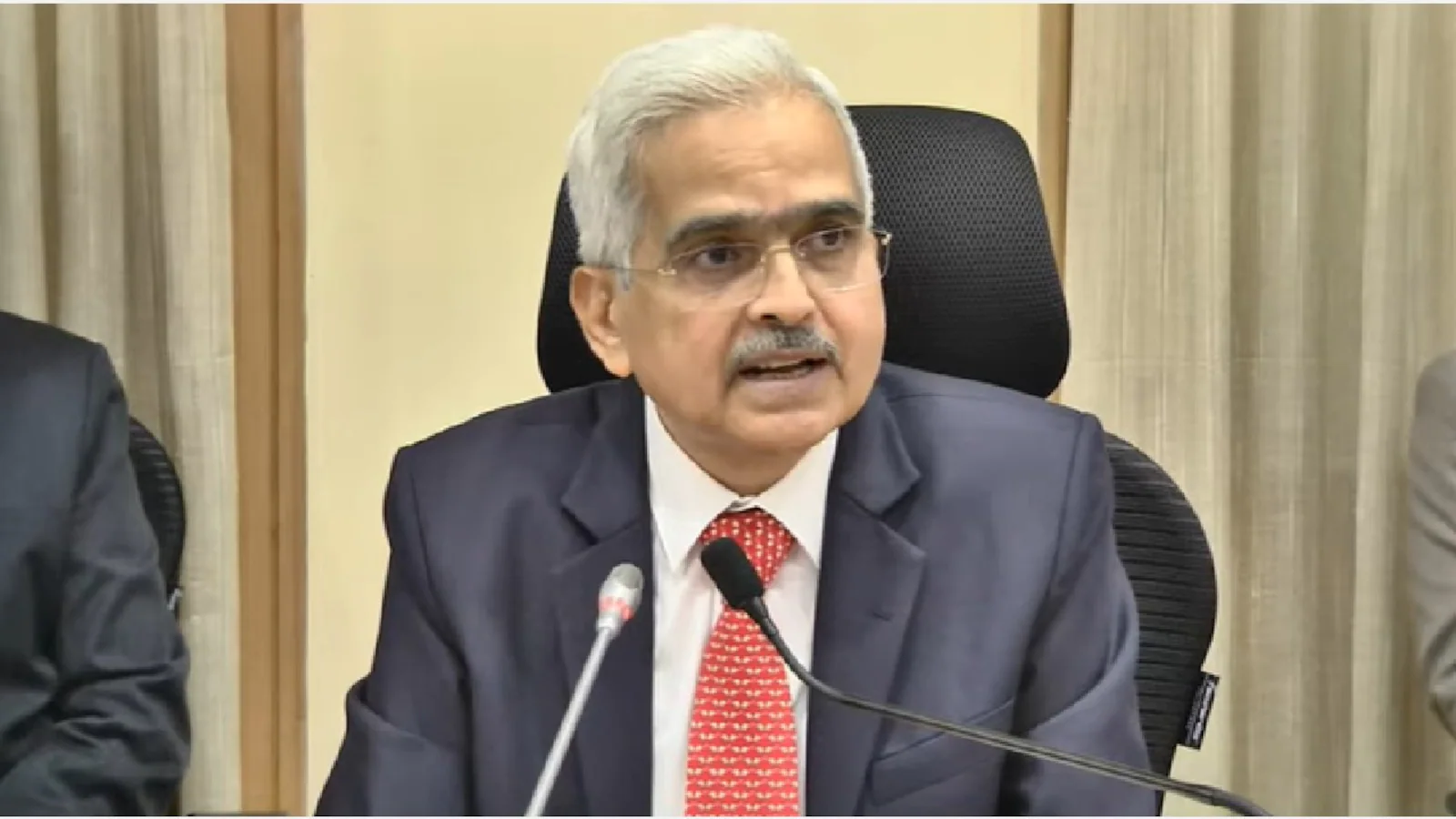During a recent interaction, the chief executives of non-banking financial companies (NBFCs) in India requested RBI Governor Shaktikanta Das to consider allowing more NBFCs to accept public deposits. RBI officials pointed out the need for NBFCs to reduce their reliance on bank borrowings. In response, NBFC leaders requested permission to accept public deposits, which would help diversify their liabilities. However, the RBI has been discouraging NBFCs from engaging in deposit mobilization activities as part of its policy to protect depositors’ interests and maintain financial stability. This stance has led to a significant decline in the number of deposit-taking NBFCs over the years, from 220 in March 2015 to 49 in March 2022.
However, the RBI has been discouraging NBFCs from engaging in deposit mobilization activities as part of its policy to protect depositors’ interests and maintain financial stability. This stance has led to a significant decline in the number of deposit-taking NBFCs over the years, from 220 in March 2015 to 49 in March 2022.
Remarkably, RBI has not permitted any new NBFCs to accept public deposits for over 15 years. The number of systemically important non-deposit taking NBFCs, on the other hand, has increased from 263 in March 2019 to 422 in March 2022.
The meeting between NBFC leaders and RBI officials reflected the regulators’ concerns about the increasing dependence of NBFCs on bank borrowings, which nearly tripled between March 2017 and September 2022, reaching Rs 9.24 trillion. In contrast, public deposits make up only a small portion of NBFC liabilities, growing from Rs 30,600 crore in March 2017 to Rs 71,640 crore in September 2022.
The total number of NBFCs in India, including 95 housing finance companies, stood at 9,640 as of July 31, 2022.
The reluctance of the RBI to allow NBFCs to accept public deposits is attributed to a conservative approach following financial crises in companies like Dewan Housing Finance Corporation and Punjab and Maharashtra Cooperative Bank.
RBI acknowledges the significant role played by NBFCs in enhancing financial inclusion and offering tailored financial products to underserved segments. However, the central bank has been increasingly regulating larger NBFCs to minimize regulatory arbitrage and ensure financial stability.
RBI’s analysis reveals that NBFCs in the middle and upper layers, accounting for nearly 95% of total assets, may pose systemic risks.
In summary, NBFCs in India are seeking permission to accept public deposits as they aim to reduce their reliance on bank borrowings. However, RBI’s conservative stance, driven by concerns for financial stability and depositor protection, has limited the number of deposit-taking NBFCs in recent years. The regulatory landscape for NBFCs is evolving to ensure stability in India’s financial sector.
